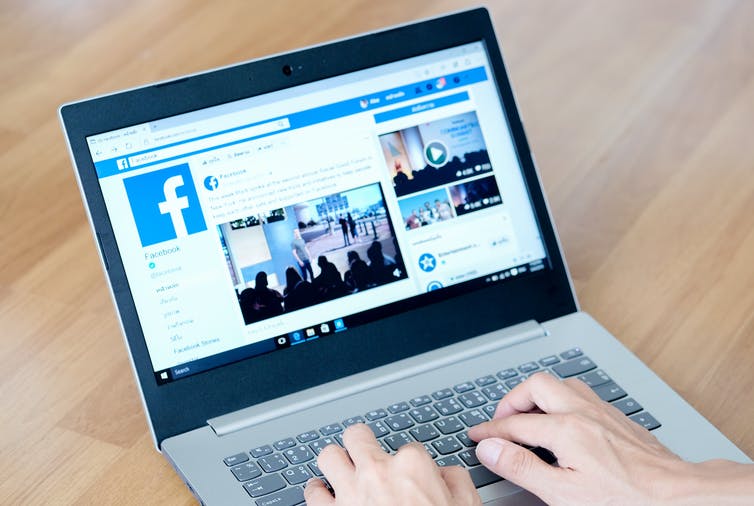2020: A look back at the year through social media
Quiip’s marketing director Amber Robinson reflects on what the year meant for a world connected by social media
While most will be happy to see the back of what’s been an extremely challenging year, it’s also fair to say 2020 changed how we interact with the world. Here are the trends that shaped 2020 in social media.

Online, all the time
Marooned at home, we turned to online networks for information, comfort and distraction. Some in-house comms staff became “accidental community managers” as workplace community tools like Slack, Yammer and Facebook Workplace became integral to work. Workplace engagement markers actually improved early in the pandemic in many organisations.

